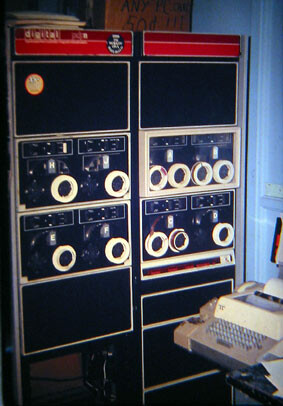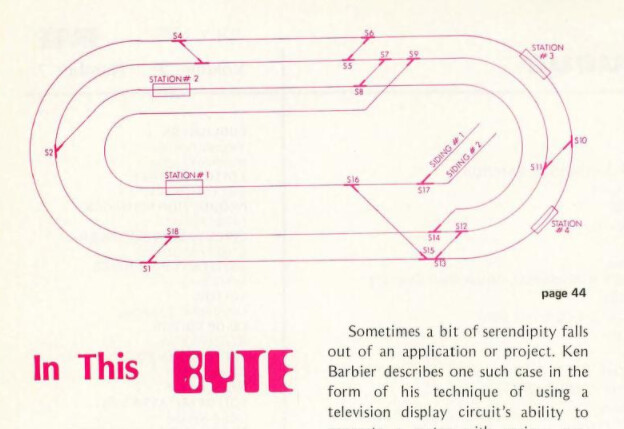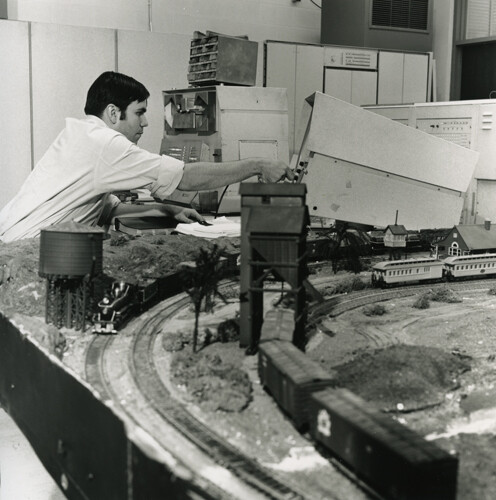TMRC was featured as the first chapter of the book Hackers, by Steven Levy (New York: Anchor Press/Doubleday, 1984). The club is credited as one (possibly the primary) source of the Hacker Culture, as described in the book.
Several entries of the book The New Hacker’s Dictionary, are derived from TMRC’s own dictionary:
The Tech Model Railroad club is an MIT student activity founded during the 1946-1947 school year
The Tech Model Railroad Club (TMRC) caters to model railroaders, railfans, and hackers alike. Our activities involve all aspects of model railroading, including the application of computer technology and timetable passenger and card-order freight operation.

Experiments with MIT’s DEC and Lincoln machines, and employment at DEC and at the AI Lab were not, of course, the limit of TMRC’s involvement with computers. Early DEC computers soon found their way into TMRC. They were used to control routes in the freight yard and to throw switches on the main layout. TMRC was probably one of the first student activities to make use of computers. However, in each application, cost and electrical component limits dictated that elaborate relay interfaces connect each computer to the layout.
This photo shows TMRC’s “program development PDP-11.” Somewhat smaller machines were used under the layout to control the freight yard and assist in throwing switches.
For more on the intersection of model railways and computing, see

(BYTE issue via @oldben )
